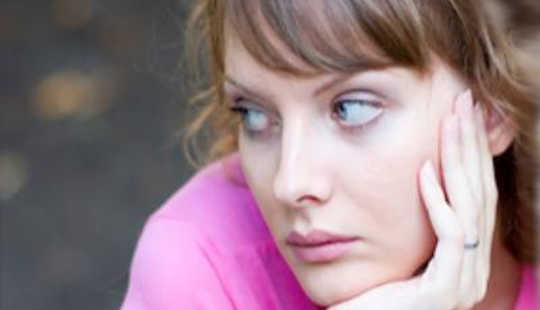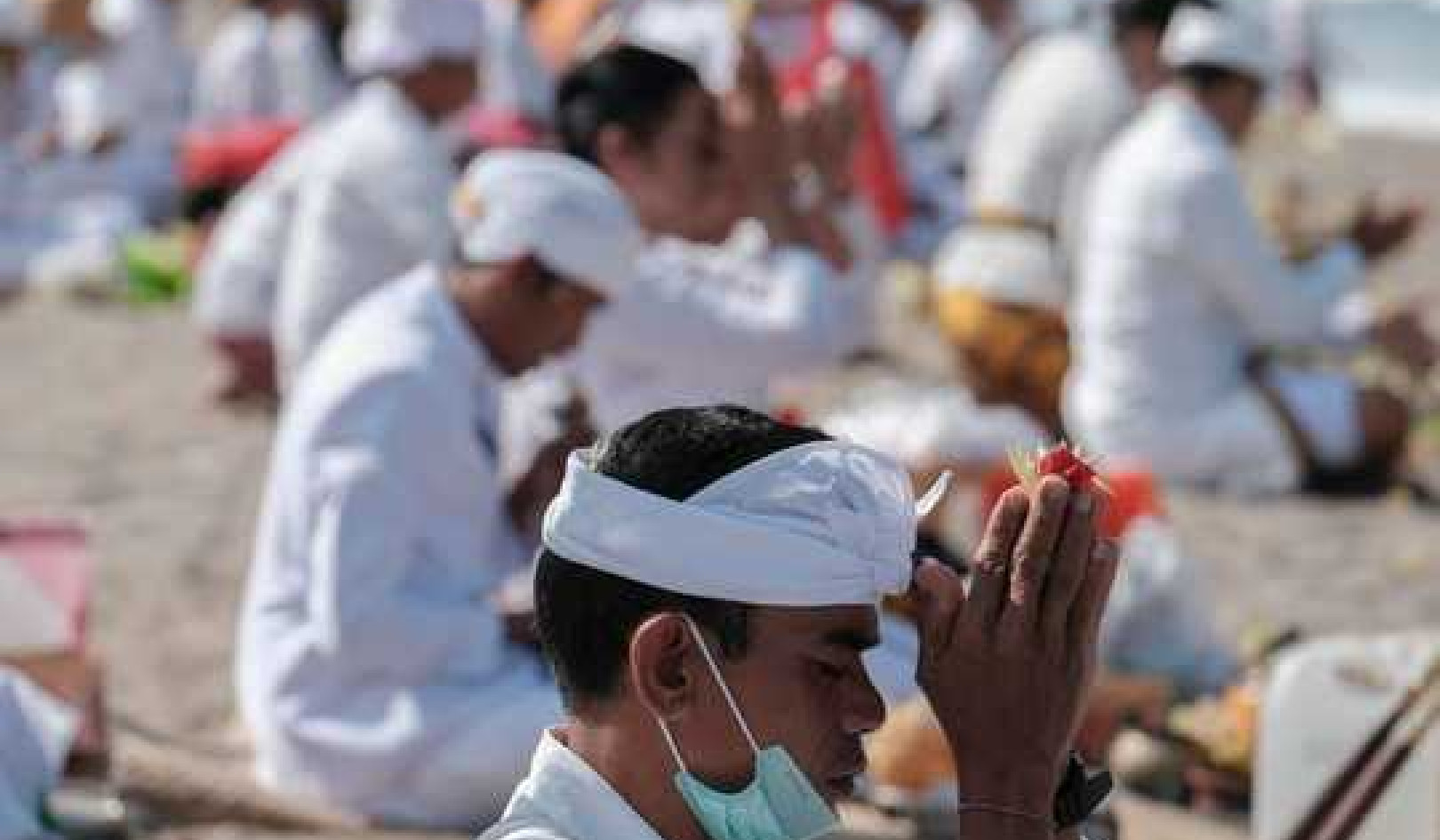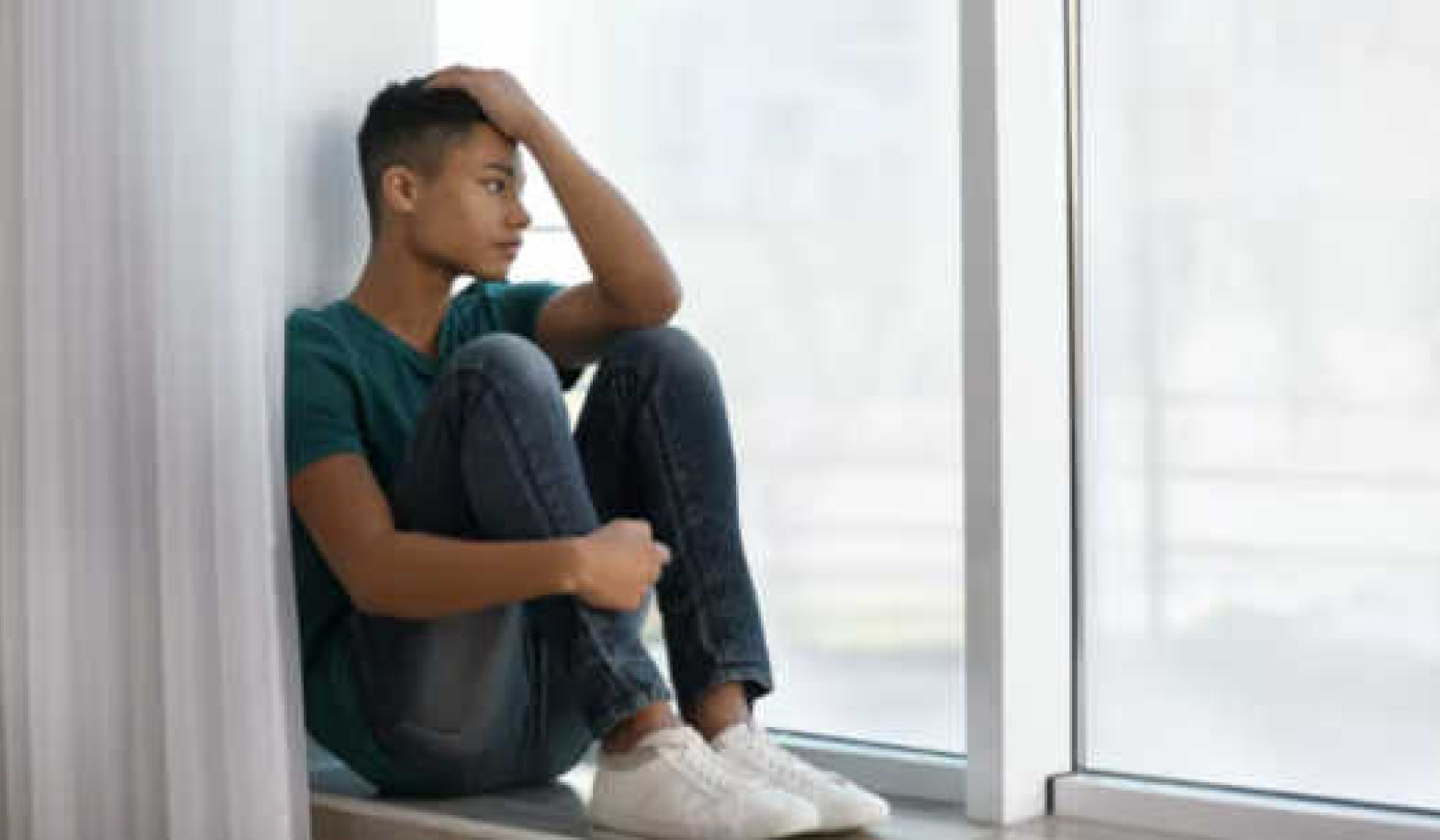Anxiety disorders – defined by excessive fear, restlessness, and muscle tension – are debilitating, disabling, and can increase the risk for depression and suicide. They are some of the most common mental health conditions around the world, affecting around four out of every 100 people and costing the health care system and job employers over US$42 billion each year.
People with anxiety are more likely to miss days from work and are less productive. Young people with anxiety are also less likely to enter school and complete it – translating into fewer life chances. Even though this evidence points to anxiety disorders as being important mental health issues, insufficient attention is being given to them by researchers, clinicians, and policy makers.
Researchers and I at the University of Cambridge wanted to find out who is most affected by anxiety disorders. To do this, we conducted a systematic review of studies that reported on the proportion of people with anxiety in a variety of contexts around the world, and used rigorous methods to retain the highest quality studies. Our results showed that women are almost twice as likely to suffer from anxiety as men, and that people living in Europe and North America are disproportionately affected.
Why women?
But why are women more likely to experience anxiety than men? It could be because of differences in brain chemistry and hormone fluctuations. Reproductive events across a woman’s life are associated with hormonal changes, which have been linked to anxiety. The surge in oestrogen and progesterone that occurs during pregnancy can increase the risk for obsessive compulsive disorder, characterised by disturbing and repetitive thoughts, impulses and obsessions that are distressing and debilitating.
But in addition to biological mechanisms, women and men seem to experience and react to events in their life differently. Women tend to be more prone to stress, which can increase their anxiety. Also, when faced with stressful situations, women and men tend to use different coping strategies.
Women faced with life stressors are more likely to ruminate about them, which can increase their anxiety, while men engage more in active, problem-focused coping. Other studies suggest that women are more likely to experience physical and mental abuse than men, and abuse has been linked to the development of anxiety disorders. Child abuse has been associated with changes in brain chemistry and structure, and according to previous research, women who have experienced sexual abuse may have abnormal blood flow in the hippocampus, a brain region involved in emotion processing.
The anxious West
Our review also showed that people from North America and Western Europe are more likely to be affected by anxiety than people living in other parts of the world. It is unclear what could be accounting for these differences. It could be that the criteria and instruments we are using to measure anxiety, which were largely developed on Western populations, might not be capturing cultural presentations of anxiety.
Anxiety might be manifested differently in non-Western cultures. For example, social anxiety in the West is typically manifested as an intense fear of social situations, high self-consciousness, and fear of being judged and criticised by others during interactions and performance situations.
However, in Asia, a closely related construct is taijin kyofusho, which manifests as persistent and irrational fears about causing offence and embarrassment to others, because of perceived personal inadequacies. In addition, people from other cultures might feel too embarrassed to disclose symptoms of anxiety that people in Western cultures are comfortable discussing – this would mean that the figures reported in studies on developing and underdeveloped parts of the world might be underestimates of the true proportions.
Most of the research on mental health has also been done in Europe and North America, and very few studies have examined anxiety in other parts of the world. There could indeed be large differences in the burden of anxiety between cultures, but further research using better anxiety assessment methods is needed on this.
Either way, we now know that anxiety disorders are common, costly, and associated with substantial human suffering. We also know that women and people living in developed countries seem to be most affected. This awareness of who is disproportionately affected by anxiety can help direct health service planning and provision, and treatment efforts.
What can be done?
Anxiety disorders tend to start early in life, are chronic, and more than a decade can elapse between the time when symptoms develop and help is first sought from the doctor. At this point, the anxiety has become quite severe and other mental health problems, such as depression, have developed. This makes successful treatment of any of the disorders much harder.
Early recognition of symptoms is important so that treatment can be administered. Many people have turned to cognitive behavioural therapy, which has been shown to be effective in reducing anxiety. There is also medication, and there are lifestyle changes people can make to improve their mental health, such as engaging in regular physical activity, doing mindfulness meditation and yoga.
Knowing that anxiety is more prevalent among Western and female populations, however, is a valuable step forward.
About The Author
 Olivia Remes, PhD Candidate, University of Cambridge. Her research focuses on mental disorders and is using the European Prospective Investigation of Cancer (EPIC) study, one of the largest, European cohort studies looking at chronic diseases and the way people live their lives.
Olivia Remes, PhD Candidate, University of Cambridge. Her research focuses on mental disorders and is using the European Prospective Investigation of Cancer (EPIC) study, one of the largest, European cohort studies looking at chronic diseases and the way people live their lives.
This article was originally published on The Conversation. Read the original article.
Related Books
at InnerSelf Market and Amazon




























